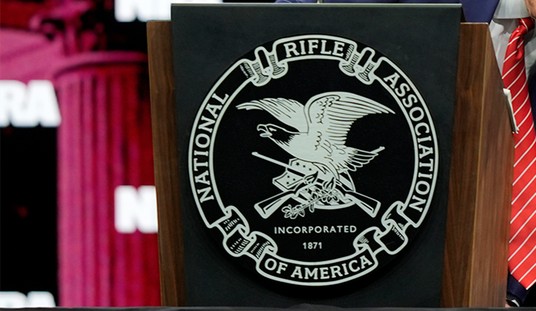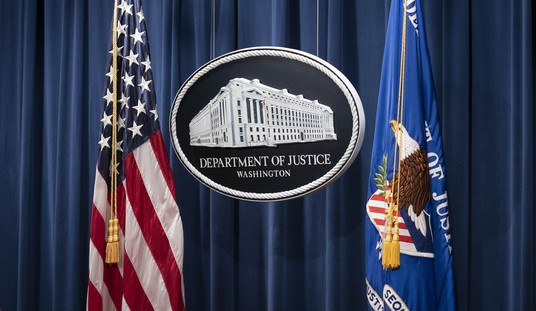
Dec. 4, 1783: Gen. George Washington bids farewell to the officers of the Continental Army at Fraunces Tavern in New York.
According to the memoirs of Col. Benjamin Tallmadge: “After the officers had taken a glass of wine, General Washington said ‘I cannot come to each of you but shall feel obliged if each of you will come and take me by the hand.’ General Knox being nearest to him turned to the Commander-in-chief who, suffused in tears, was incapable of utterance but grasped his hand when they embraced each other in silence. In the same affectionate manner every officer in the room marched up and parted with his general in chief.”
Dec. 6, 1950: American forces – primarily leathernecks of the now-famous 1st Marine Division, a few American soldiers, and a handful of British commandos – begin their epic “fighting withdrawal” from Hagaru-ri to Koto-ri and on to Hamnung, during the breakout from the Chosin Reservoir, Korea.
At Koto-ri, a few officers express concern that their vastly outnumbered, bloodied, freezing, near-starving columns might not survive the final trek to Hamnung.
The legendary Marine Col. (future Lt. Gen.) Lewis B. “Chesty” Puller, will purportedly respond, “There aren’t enough Chinese laundrymen in the world to stop a Marine regiment going where it wants to go! Christ in His mercy will see us through.”
Puller’s words – though perhaps not pleasing to racially sensitive ears in 2011 – will prove true in 1950. By Dec. 10, the Marines will pass through the safety of X Corps lines at Chinhung-ni and reach the coast at Hamnung.
According to the United States Marine Corps History Division, Puller, a Virginia native, will become “one of the most decorated Marines in the Corps,” and the only Marine to be awarded an unprecedented five Navy Crosses.
Puller’s fifth Navy Cross will be awarded for his actions during the breakout from Chosin, a portion of his citation reading: “Fighting continuously in sub-zero weather against a vastly outnumbering hostile force, Colonel Puller drove off repeated and fanatical enemy attacks upon his Regimental defense sector and supply points. …
“During the attack from Koto-ri to Hamnung, he [Puller] expertly utilized his Regiment as the Division rear guard, repelling two fierce enemy assaults which severely threatened the security of the unit, and personally supervised the care and prompt evacuation of all casualties. …”

Dec. 7, 1941: Japanese Naval air forces strike Pearl Harbor (Oahu, Hawaii), the main U.S. Naval base there, the anchored American fleet, and an Army airfield in a tactically successful albeit strategically ruinous “sneak attack” that will fully thrust America into World War II.
The attack is conducted in two waves: The first wave of 183 enemy aircraft strikes just before 8:00 a.m. The second wave of 170 planes hits a little after 8:30 a.m.
By day’s end, 2,718 American sailors, 582 soldiers (including Army Air Forces personnel), 178 Marines, and 103 civilians will be dead, dying or wounded. Scores of American ships will be sunk – including four battleships and two destroyers – or badly damaged, and nearly 200 aircraft will be destroyed.
The attack is not an isolated event, as Japanese forces simultaneously strike American and British military targets with a dizzying series of attacks across the Pacific.
Dec. 8, 1941: U.S. Pres. Franklin D. Roosevelt, referring to Dec. 7 as “a date which will live in infamy,” asks Congress for a declaration of war against the Japanese empire.
Within hours, Congress officially declares war on Japan.
Within three days, Adolf Hitler will declare that a state of war exists between Germany and the United States. Hitler’s Italian ally, Benito Mussolini, will follow suit.
FDR will return to Congress and ask for declarations of war against both Germany and Italy. His requests will be granted.
Dec. 10, 1864: Union Army forces under the command of Gen. William Tecumseh Sherman reach the outskirts of Savannah, Georgia, a key Confederate coastal city which Sherman will present as a Christmas gift to Pres. Abraham Lincoln on Dec. 22.
Sherman’s famous “March [from Atlanta] to the Sea” (infamous to many Southerners, even today) is all but over. In the new year, Sherman’s army will begin its fiery march up into South Carolina, the extraordinarily proud but soon-to-be defeated state where the whole thing started.
Dec. 10, 1898: The Spanish-American War ends with the signing of the “Treaty of Paris” (not to be confused with the 1783-1784 “Treaty of Paris” ending our War of Independence, nor the 1763 “Treaty of Paris” ending the Seven Years War, known here in the colonies as the French and Indian War).
Spain gets the short end of the stick.
We get Cuba, Puerto Rico, the Philippines, Guam, etc.
< >< >< ><–>








Join the conversation as a VIP Member